 I’ve been trying to channel my inner art critic to write about the Weaving Traditions exhibit at Seattle’s Burke Museum, but what keeps on popping into my mind is:
I’ve been trying to channel my inner art critic to write about the Weaving Traditions exhibit at Seattle’s Burke Museum, but what keeps on popping into my mind is:Wow!
I’m used to thinking of the Burke as a place for dinosaur fossils, the Pacific Rim culture exhibit, and interesting photography exhibits about the natural world. But the brilliant splashes of color and texture that comprise the Weaving Traditions exhibit left me feeling as if I’d spent the evening amongst Old Masters at the Louvre.
“We wanted to highlight pieces from our ethnology collection,” says Burke Director of Communications MaryAnn Barron Wagner. And have they ever!
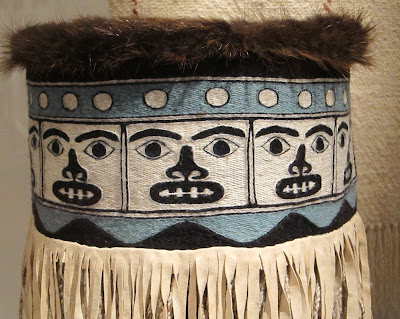
On display in the gallery exhibit space is a stunning collection of traditional weaving masterpieces. According to MaryAnn, the museum has been collecting textiles from the Pacific Rim regions for 125 years. “Textiles are a strong interest of curator emeritus Dr. James Nason in particular, so he has been adding to the collection quite actively over his 35-year tenure at the Burke.” The result is a treasure trove of cultural and artistic riches.

From rustic South American and Micronesian blankets and garments made from wool and bark to exquisite silk Japanese kimonos and Chinese robes, the diverse array of hand-crafted textiles is impressive. Blankets, robes, skirts, and all manner of woven fabrics are artfully arranged from eye level upwards toward the high ceiling. (Thanks to exhibit designer Andrew Whiteman for the well-designed show.)

After passing the bright South American blankets, I linger in front of the Northwest Coast Indian weavings. A vintage Chilkat blanket of traditional form-line design and colors is set above a masterful contemporary piece woven by the Damascus Ravenstail weavers from Oregon.


Then I pass the Southeast Asian group, next to American Southwest Hopi and Navajo blankets. The bold geometric patterns and rusty red, black,and earth tones of the blankets pop out against the whitewashed walls. And the beautiful hand-embroidered Tibetan silk robes shimmer in rich shades of crimson, saffron, gold, and plum.

An especially poignant part of the exhibit is the educational captions for each cultural group of textiles. The boards describe briefly the history of weaving unique to the region, then touch on the uses (often ceremonial along with everyday), and summarize the current state of the art. A repeating theme is that most people now wear western garb, and very few still wear the traditional woven fabrics. Very few.
Sadly, much of this traditional weaving exemplified at the Burke exhibit is endangered, although efforts are being made to revive and maintain the art and craft of traditional weaving throughout the Pacific Rim.

After I browse slowly past the Indonesian batik, Chinese, Micronesian, Japanese, and Guatemalan displays, I study the large wooden looms. Since the Burke is first and foremost an educational institution, videos of traditional weaving are playing, and you can fiddle with a small loom prototype.

Better yet, go on a weekend and see master weavers at work from around the region, or take some of the special weaving classes. The Burke is offering a full schedule of weaving demonstrations every weekend throughout the show (check their website).
"In bringing together this exhibit, we collaborated with many of the local communities of the cultures represented,” explains MaryAnn.

I’m glad to know the Burke is caring for these rich reminders of such artistic and cultural diversity.
When You Go
You can catch the Weaving Traditions exhibit until February 27, 2011. The Burke Museum is at the northwest corner of the University of Washington main campus in Seattle. You have to pay to park on campus, or take a Metro bus, bicycle, or walk.








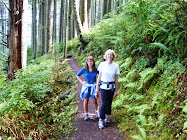

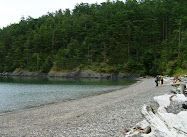




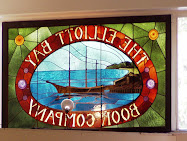
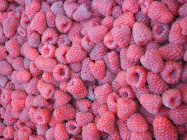
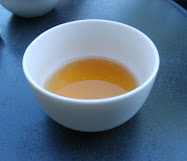
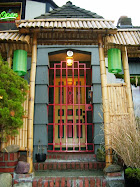


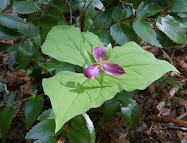

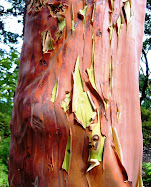

6 comments:
Jill, it is good that you can promote history and give
someone a chance to learn at the same time...
really good layout:-)
Lovely Jill!!!! Beautiful job!
Thanks Jill!
Beautiful! I plan to go (thanks to you) and will fw'd to several friends who might also be interested. Nice article!
BudmanB,
Thanks for your feedback!
You, too, Mary!
Jennifer,
Great, let me know what you think of the show when you go. I'll go back.
jill
I was impressed with your assessment of the exhibit. Good that you mentioned how hand weaving is becoming endangered. I will share the site with other artists and weavers. I had been watching your blog for your account and enjoyed what I saw.
Good job and thanks
Jill G
Thanks Jill~ I've been planning to attend this exhibit and now I'm even more excited to go. Hope to see you soon, Angela
Post a Comment